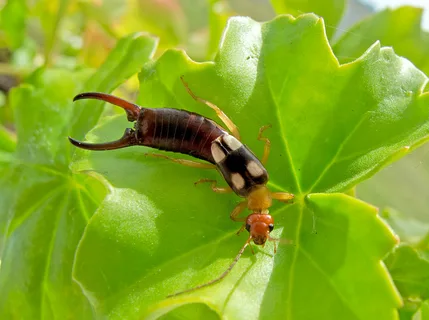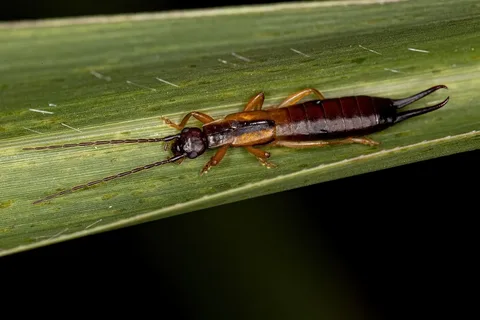Why are these weird bugs showing up in my house?
Imagine discovering an earwig scuttling across your floor while you’re relaxing at home. The sight of these critters, recognizable by their distinctive pincers, might leave you puzzled and slightly alarmed, wondering why they’ve invaded your personal space.
Earwigs, despite their formidable appearance, pose no direct threat to humans. They neither sting nor carry diseases and will only resort to biting if they feel threatened.
Their diet primarily consists of decaying plant material and small insects, which means they’re less interested in humans and more focused on survival. It’s a comforting thought that, in reality, they’re more scared of us than we are of them.

The presence of earwigs in homes can often be attributed to their search for moisture and darkness. They are drawn to environments that mimic their natural habitat, such as damp and poorly lit areas like basements, bathrooms, and kitchens. Cracks, leaks, or any form of standing water act as an open invitation for these insects to enter and settle. Therefore, areas that are damp, lack proper ventilation, or are cluttered tend to attract earwigs, creating ideal conditions for them to thrive.
Eliminating these unwelcome guests involves a few straightforward measures. Sealing cracks and crevices to prevent their entry is a good first step. Maintaining a dry and clutter-free home environment is equally important. If earwigs persist, employing traps and natural repellents might be necessary.

Simple traps can be made using rolled-up newspapers or empty cans filled with oil. Natural repellents, such as sprays made from water and essential oils like lavender, peppermint, or citrus, are effective in deterring earwigs. Additionally, diatomaceous earth or boric acid can be used around the home’s perimeter to prevent their entry.
By adopting these proactive measures, you can safeguard your home against earwigs and maintain a peaceful, pest-free living space. Remember, consistent effort and the willingness to experiment with different pest control methods are key to achieving lasting results.





